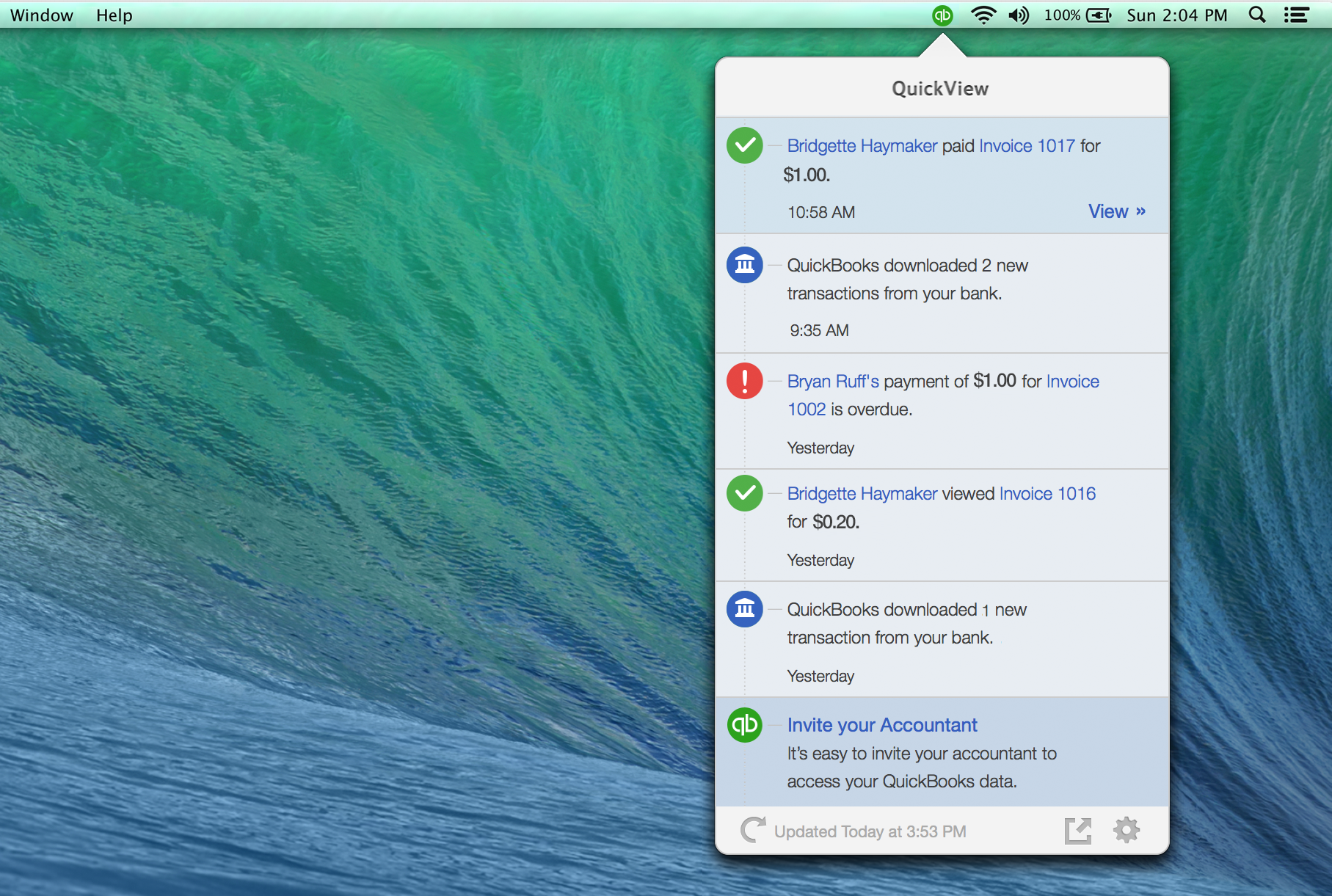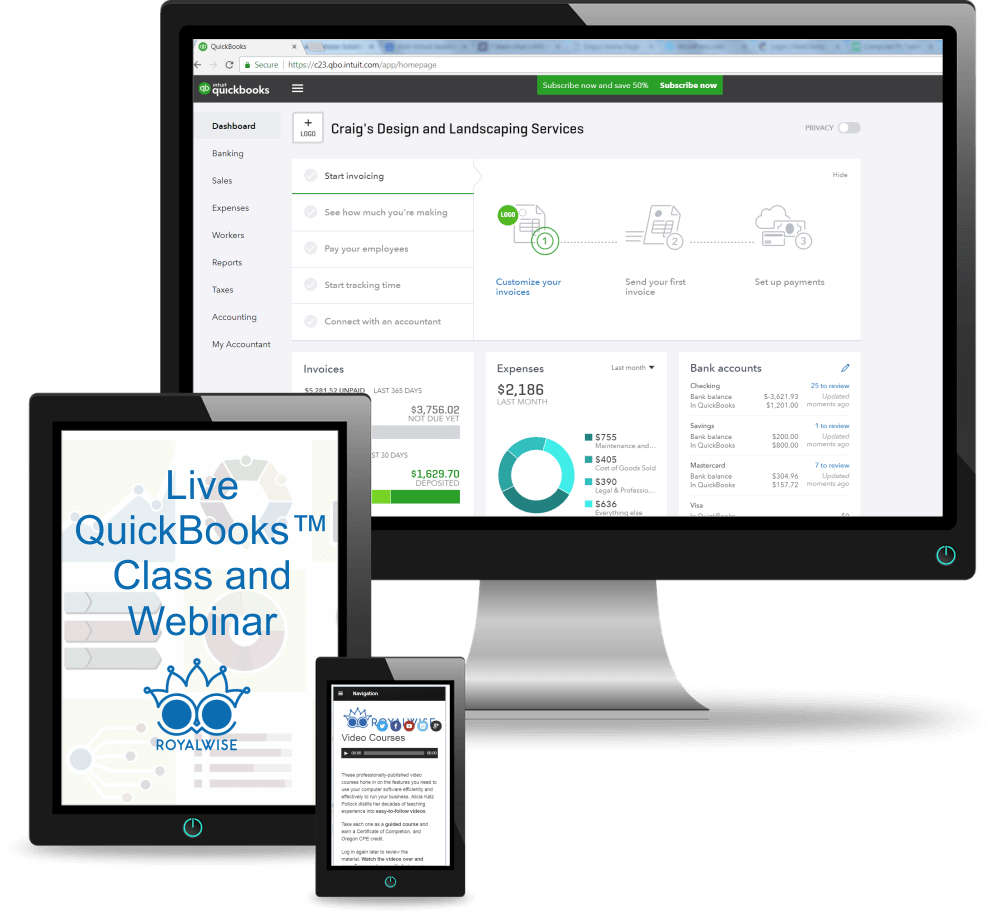

#QUICKBOOKS FOR MAC NEW ITEMS SOFTWARE#
There’s always a learning curve when it comes to adopting a new software, however, when that software isn’t designed to do what you’re asking it then you need end up needing an even more nuanced understanding of the program to make it work for you and for it to actually start saving you time. The first limitation of QuickBooks for rental property is that it’s a challenge to get everything set up correctly. Property management software like Landlord Studio has industry-specific features that are designed specifically to make your rental property management easier. Whilst QuickBooks is the leading accounting software for small businesses, it has limitations when it comes to managing rentals. The Limitations of QuickBooks for Rental Properties A good property management software will also likely offer property management specific features such as rental listings and tenant screening. This means that unless you are skilled or have a lot of experience with QuickBooks, you may well be better off exploring a property management software that offers this functionality and is designed to make income and expense tracking for your properties as simple as possible.

Similarly, the user interface for QuickBooks is not designed for individuals to be managing numerous separate accounts. When setting up spreadsheets this means having a separate sheet for each property and this can quickly get out of hand. The result is that the finances for each property almost need to almost be treated as independent businesses. Essentially, when tracking your income and expenses for your rentals you need to keep your finances for each property separate, ideally on a unit by unit basis. The same issues that make spreadsheets unsuitable for rental portfolios also make QuickBooks a challenge to use for rental properties. QuickBooks is primarily designed for small to mid-sized businesses. Give us a call and we’ll set up a consultation.The long answer though is that it’s not quite so simple. It’s much easier to spend some time setting up sales tax accurately in QuickBooks than it is to go back and untangle inaccurate records. You don’t want to charge customers for unnecessary taxes, but you also don’t want to end up paying taxes you should have invoiced out of your own pocket. These reports are, of course, customizable, so you can filter them, for example, by Sales Tax Code.Ĭollecting the correct amount of sales tax on taxable items and submitting the right tax totals to the right agencies takes vigilance. There are two reports you’ll need to run: Sales Tax Liability (displays total sales, amounts that are taxable and at what rates, taxes collected, and how much sales tax is due to each taxing agency) and the Sales Tax Revenue Summary (breaks down total sales into taxable and non-taxable). Generate sales tax reports that will help you fill out required forms. From the screen that opens, you’ll be able to: When it’s time to pay sales taxes, you’ll open the Vendors menu and select Sales Tax | Manage Sales Tax. You can create them on the fly from within transactions, but we recommend taking care of this important housekeeping task before you start. Once you have sales taxes set up, you can start using them in transactions. You’ll be assigning these Items as well as Tax Codes to customers. When local sales taxes are also required, you can set up Sales Tax Groups. State sales taxes are considered Items in QuickBooks you create them like you would create product records. You can learn this by going to your state’s Department of Revenue or Department of Taxation website. This means you’ll need to understand exactly what your state and local sales tax rules are. To recap a bit, you first have to go to Edit | Preferences | Sales Tax to make sure the software is set up correctly for this use.

Last week, we talked about the process of setting up sales taxes in QuickBooks. Now that you have your sales taxes set up, you’ll be able to use them in transactions and reports.


 0 kommentar(er)
0 kommentar(er)
